Posts
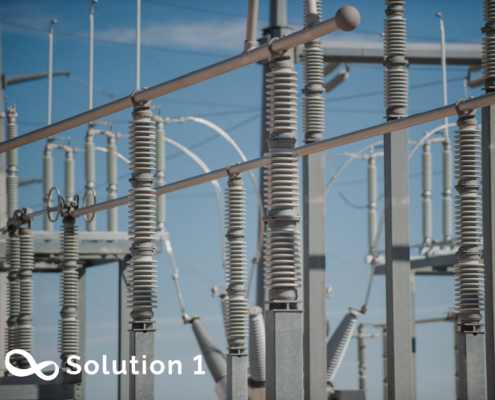
The peak load poses a threat to grid reliability.
Several microgrids, particularly those in isolated operations, have a lot of volatility in demand across time, which causes peaks in load profile.
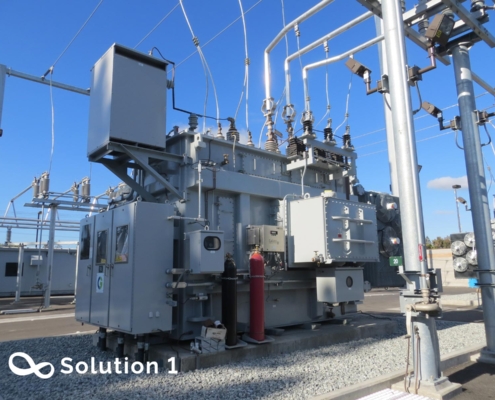
The battery energy storage system decreases the impact of peak demand on microgrid assets and allows them to be utilized for extended periods.
Rural electrification is a critical issue around the world. It is widely acknowledged that distributing electrical power...

Modern smart battery energy storage systems can support grid frequency regulation.
Smart battery energy storage systems would lead to economic benefits to both homes and companies by enabling cost savings achieved through storage of power purchased off-peak...
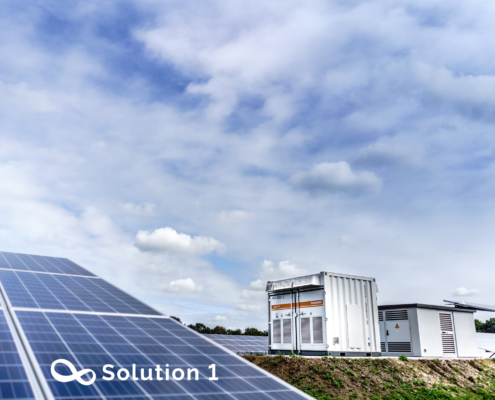
Europe and Asia are improving the electrical grid and buffer capacities.
Nowadays, the awareness of self-sustainability and energy supply resilience is increasing, especially in Europe and Asia, which are highly dependent on imported energy, causing a socioeconomic and political vulnerability.

The extensive number of lithium-ion batteries adopted across the globe will eventually fall into the waste stream.
With the rising deployment of electric vehicles, a large number of decommissioned batteries will be available...
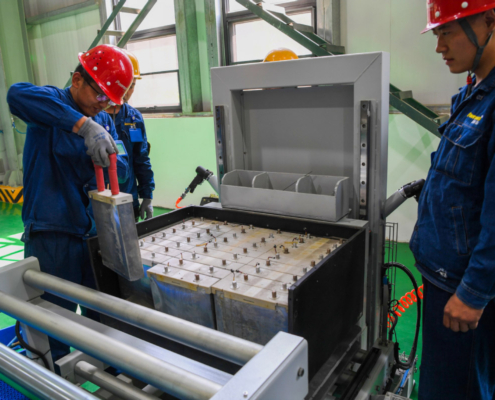
China is the biggest market for electric vehicles and repurposing batteries in the world.
The battery cost has always accounted for a large proportion of EV costs. Taking into account vehicle lifetime, battery life, and other factors, 25 GWh of battery decommissioning will be necessary for China by 2022.

The second use of batteries will reduce the need for raw materials for battery energy storage systems.
One of the ways to ensure Europe’s sustainable future is by improving the electrical grid and buffer capacities...
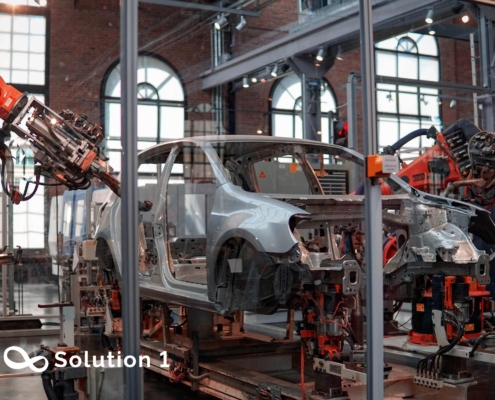
Several big automakers announced their plans of repurposing old batteries.
The idea of giving EV batteries second life dates to the 1990s, but large-scale implementation of this idea did not take place until the early 2010s when a number of projects were launched.
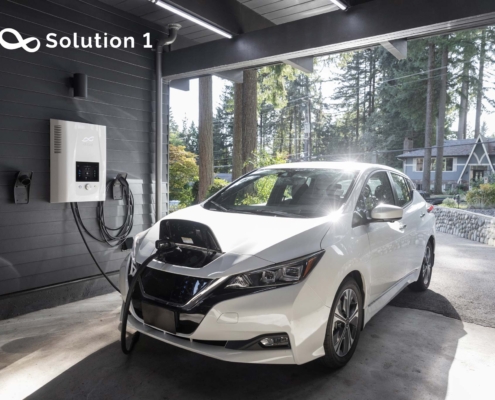
There are multiple potential pathways for EV batteries when they reach their end of life.
The goal to mitigate global climate change has resulted in strong policies aimed at reducing greenhouse gas emissions.
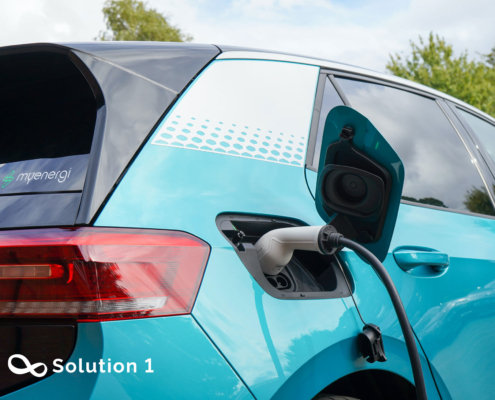
Policies have advocated the development of electric vehicles, which will further stimulate the booming development of battery materials.
In the next decade, we expect an exponential rise in EV sales.

